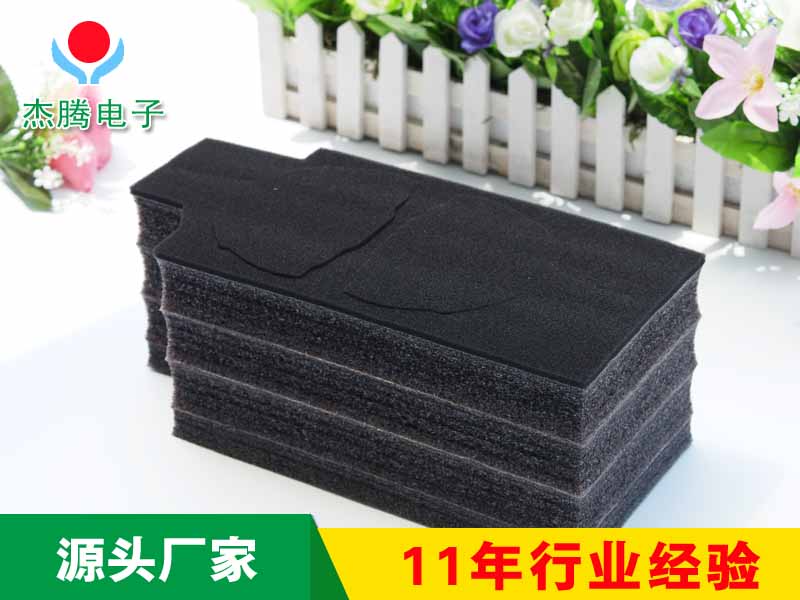What is the difference between sponge and EVA foam?
The difference between sponge and EVA foam:
PVA Sponge: Polyvinyl formal is a condensation product of polyvinyl alcohol and formaldehyde, a white or yellowish amorphous solid. Its softening point is higher than that of homologous acetal (140~150°C), and its strength, rigidity and hardness are all greater, and it has good adhesive properties; it is better in oil resistance, electrical insulation, etc.; it has good water resistance Alkali resistance and acid resistance. Combustible, black smoke. Molten drips and has a special smell.
Foam: high density, stronger liquid absorbency, foam more resilient and elastic, good wear resistance, will not scratch the wiped device, will not fall off. After the particles and liquid enter the foam hole, they will not fall out or be easily extruded, and have good locking ability.
Foam is a porous elastomer obtained by a cross-linking reaction of a specific water-soluble resin, and has a strong water-absorbing ability due to its hydrophilicity in the molecular structure. PVA foam is different from general methacryl sponge in that it has extremely high hydrophilicity, and capillary phenomena are formed by criss-crossing micropores, and it exerts superior water absorption and water retention properties.
Latest information
- Advantages of Antistatic EVA Foam Material
- Can EVA lining be used as toolbox?
- Process description of customized EVA inner support
- What kinds of EVA lining can be classified?
- Why can EVA foam make toys?
- What is EVA lining?
- Toolbox EVA Lining Manufacturer
- Performance of EVA lining




品模板4.jpg)
品模板5.jpg)